Why do numpy.convolve and scipy.ndimage.gaussian_filter1d?
It is because the two functions handle the edge differently; at least the default settings do. If you take a simple peak in the centre with zeros everywhere else, the result is actually the same (as you can see below). By default scipy.ndimage.gaussian_filter1d reflects the data on the edges while numpy.convolve virtually puts zeros to fill the data. So if in scipy.ndimage.gaussian_filter1d you chose the mode='constant' with the default value cval=0 and numpy.convolve in mode=same to produce a similar size array, the results are, as you can see below, the same.
Depending on what you want to do with your data, you have to decide how the edges should be treated.
Concerning on how to plot this, I hope that my example code explains this.
import matplotlib.pyplot as plt
import numpy as np
from scipy.ndimage.filters import gaussian_filter1d
def gaussian( x , s):
return 1./np.sqrt( 2. * np.pi * s**2 ) * np.exp( -x**2 / ( 2. * s**2 ) )
myData = np.zeros(25)
myData[ 12 ] = 1
myGaussian = np.fromiter( (gaussian( x , 1 ) for x in range( -3, 4, 1 ) ), np.float )
filterdData = gaussian_filter1d( myData, 1 )
myFilteredData = np.convolve( myData, myGaussian, mode='same' )
fig = plt.figure(1)
ax = fig.add_subplot( 2, 1, 1 )
ax.plot( myData, marker='x', label='peak' )
ax.plot( filterdData, marker='^',label='filter1D smeared peak' )
ax.plot( myGaussian, marker='v',label='test Gaussian' )
ax.plot( myFilteredData, marker='v', linestyle=':' ,label='convolve smeared peak' )
ax.legend( bbox_to_anchor=( 1.05, 1 ), loc=2 )
B = [0.011,0.022,.032,0.027,0.025,0.033,0.045,0.063,0.09,0.13,0.17,0.21]
myGaussian = np.fromiter( ( gaussian( x , 2.09 ) for x in range( -4, 5, 1 ) ), np.float )
bx = fig.add_subplot( 2, 1, 2 )
bx.plot( B, label='data: B' )
bx.plot( gaussian_filter1d( B, 2.09 ), label='filter1d, refl' )
bx.plot( myGaussian, label='test Gaussian' )
bx.plot( np.convolve( B, myGaussian, mode='same' ), label='Gaussian smear' )
bx.plot( gaussian_filter1d( B, 2.09, mode='constant' ), linestyle=':', label='filter1d, constant')
bx.legend( bbox_to_anchor=(1.05, 1), loc=2 )
plt.tight_layout()
plt.show()
Providing the following image:

